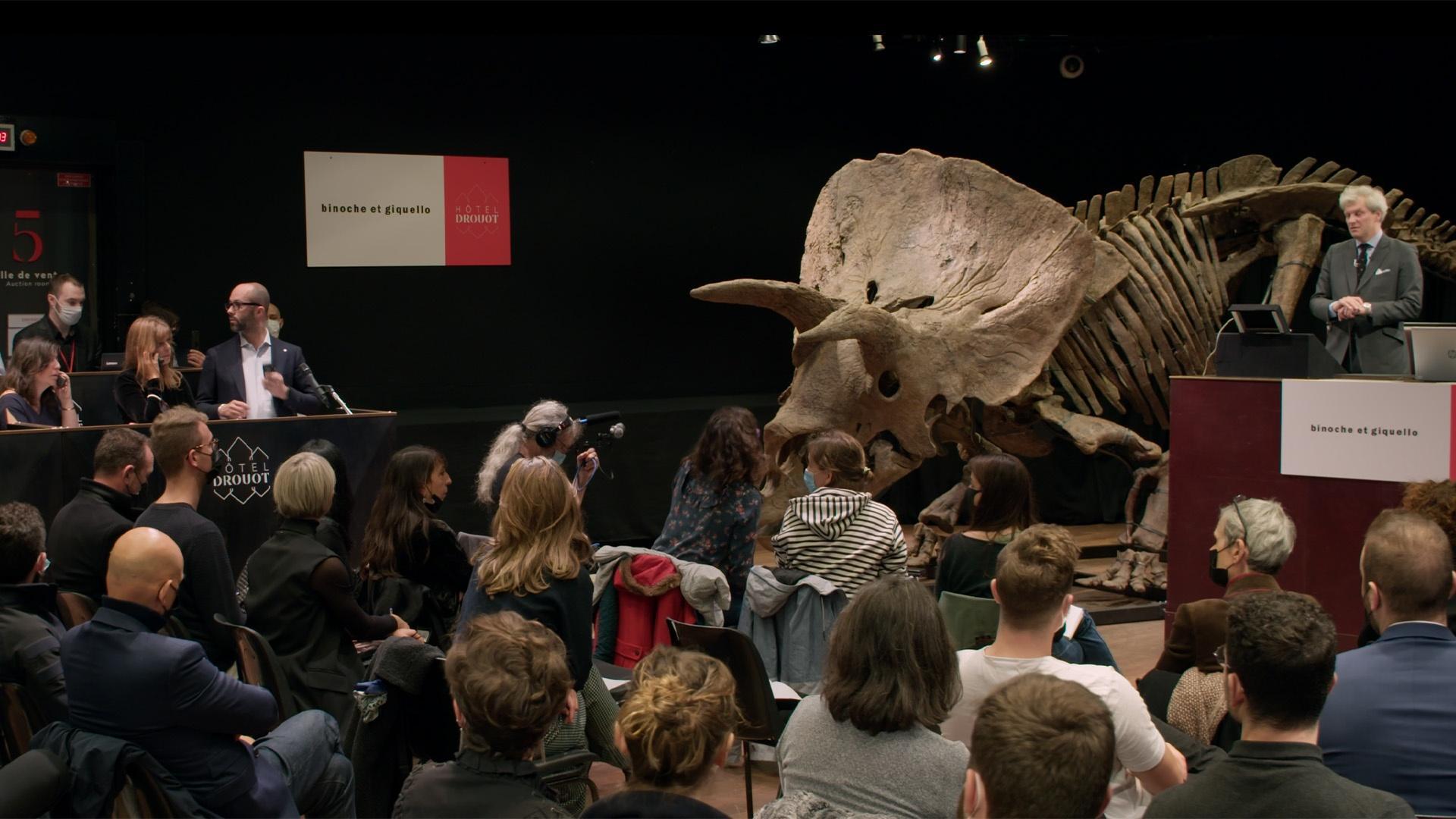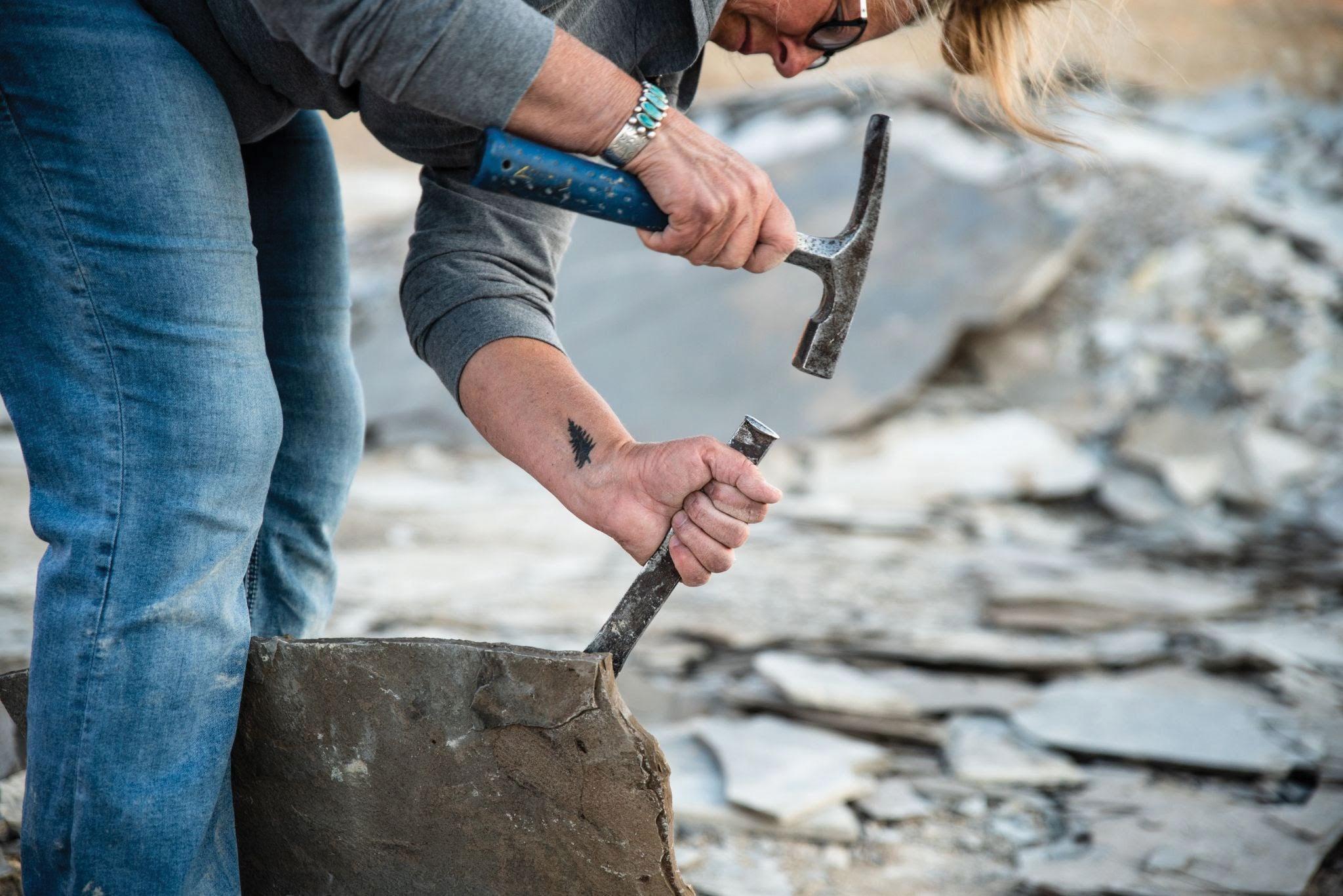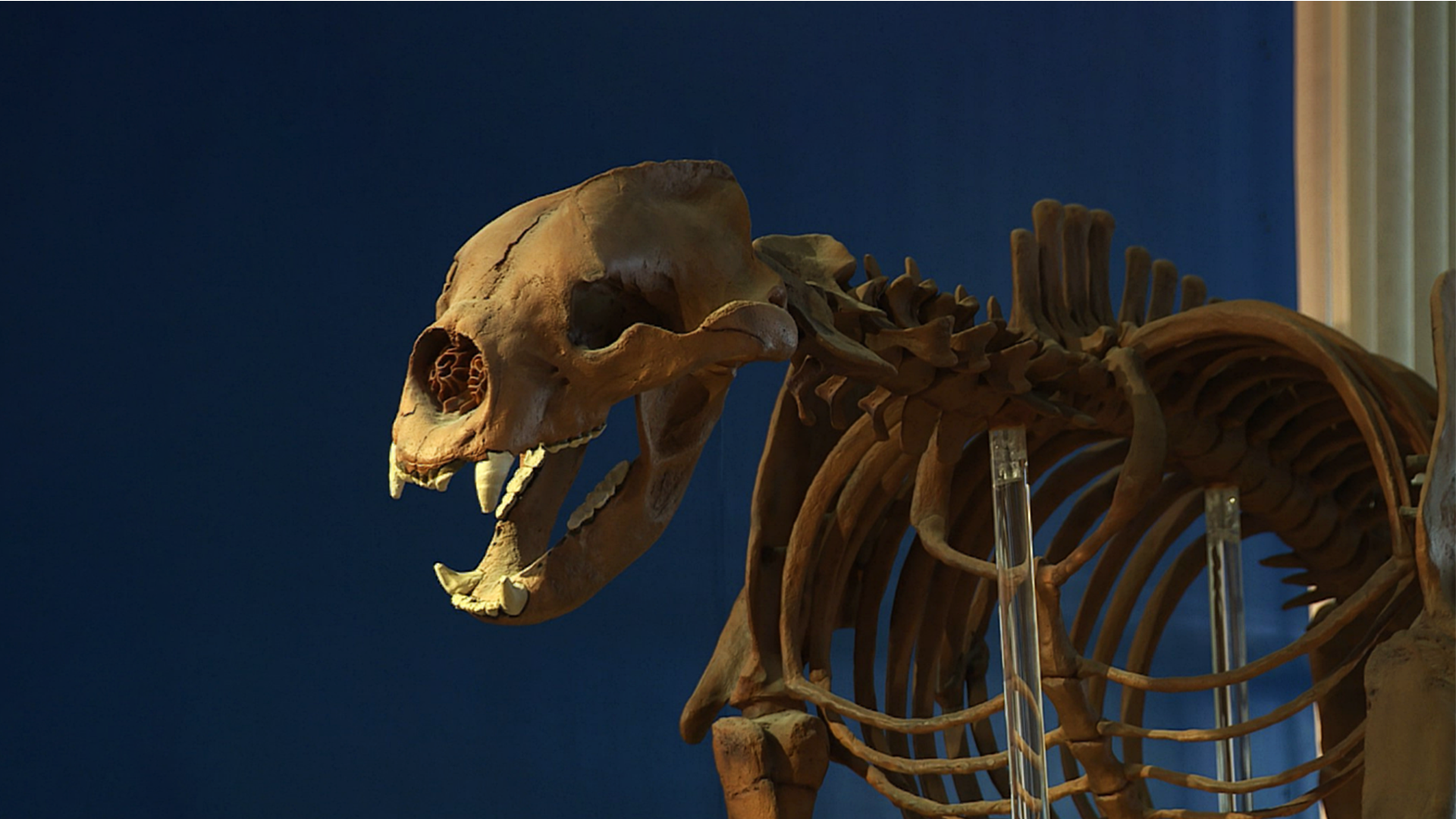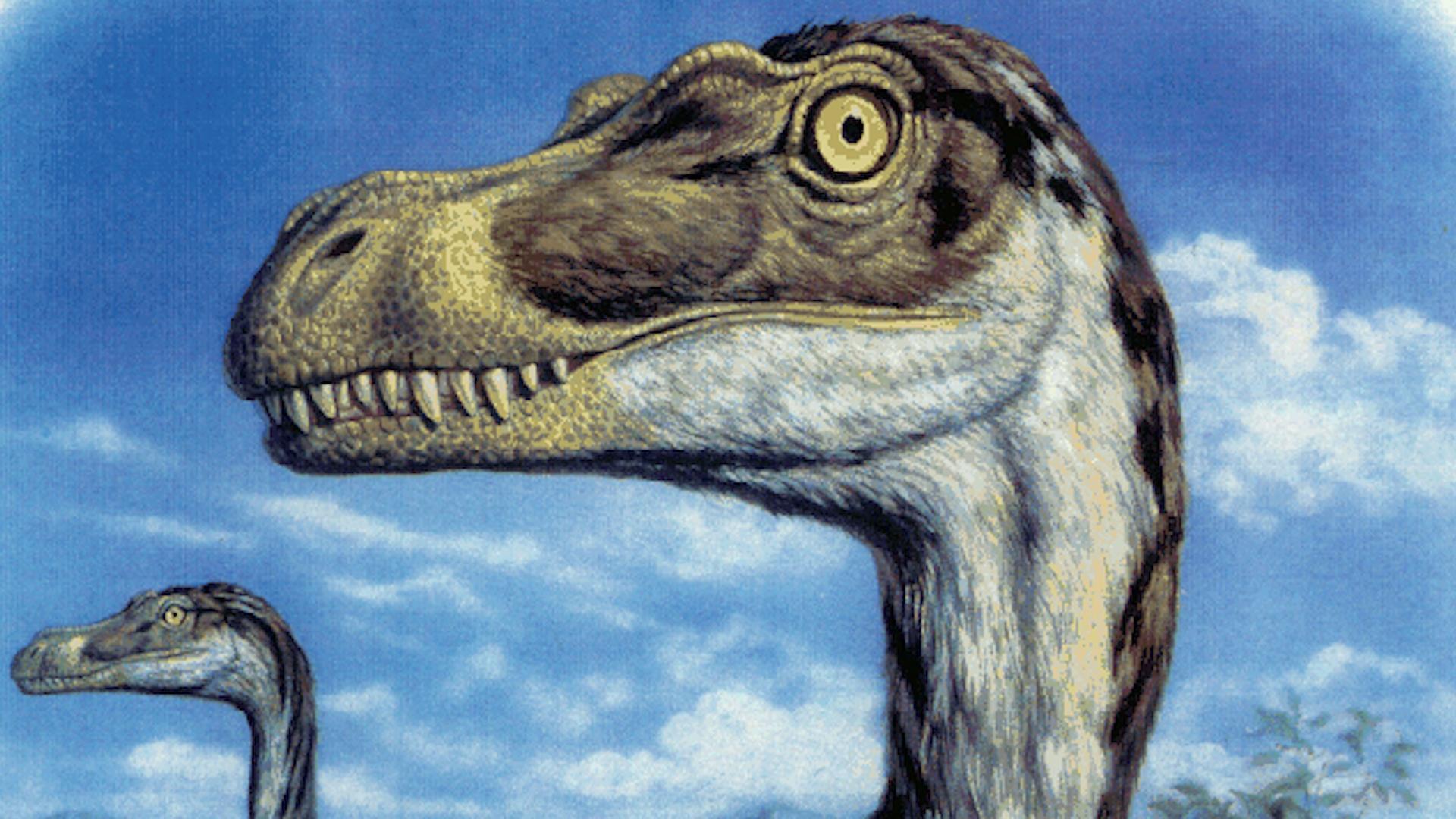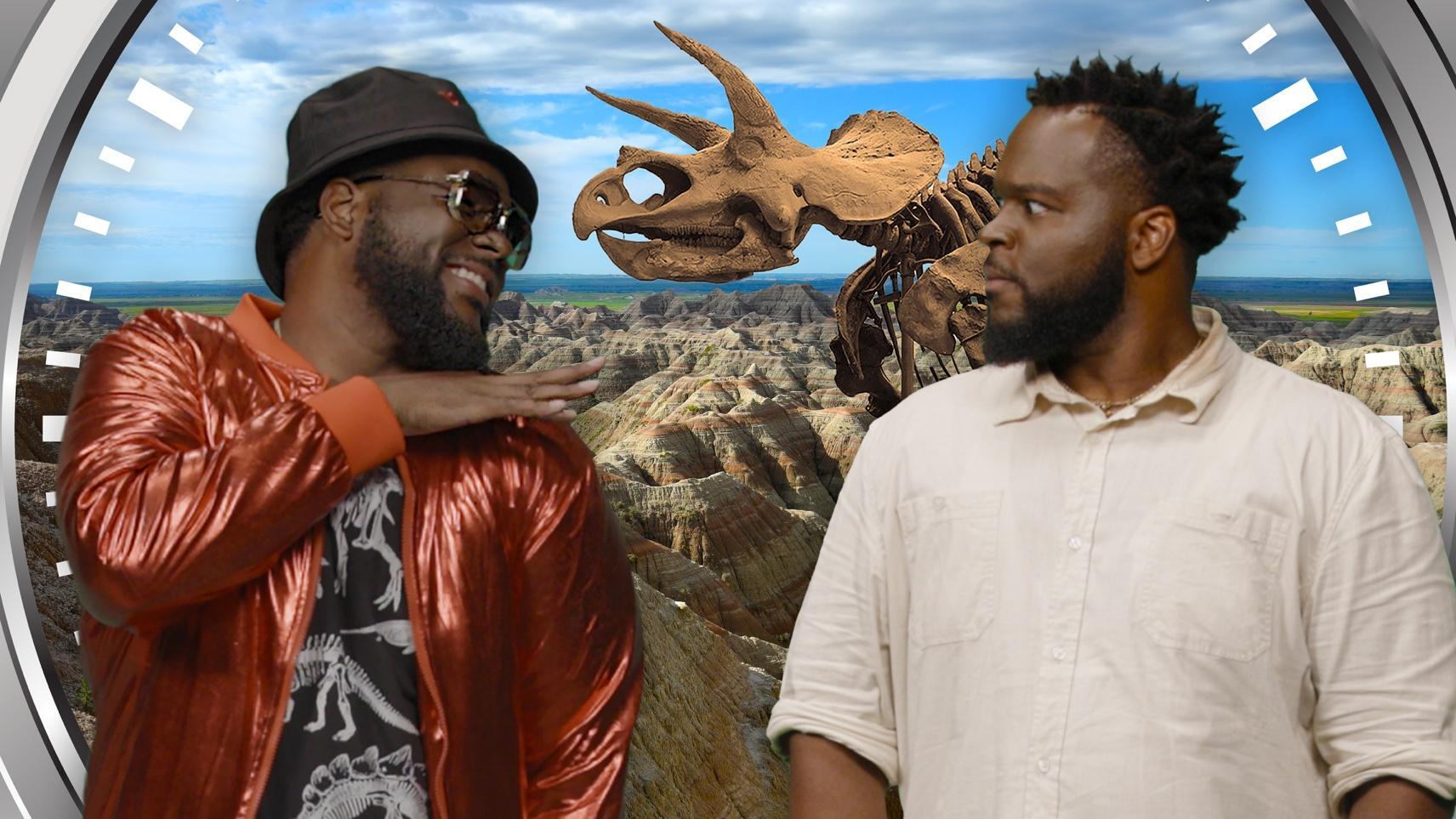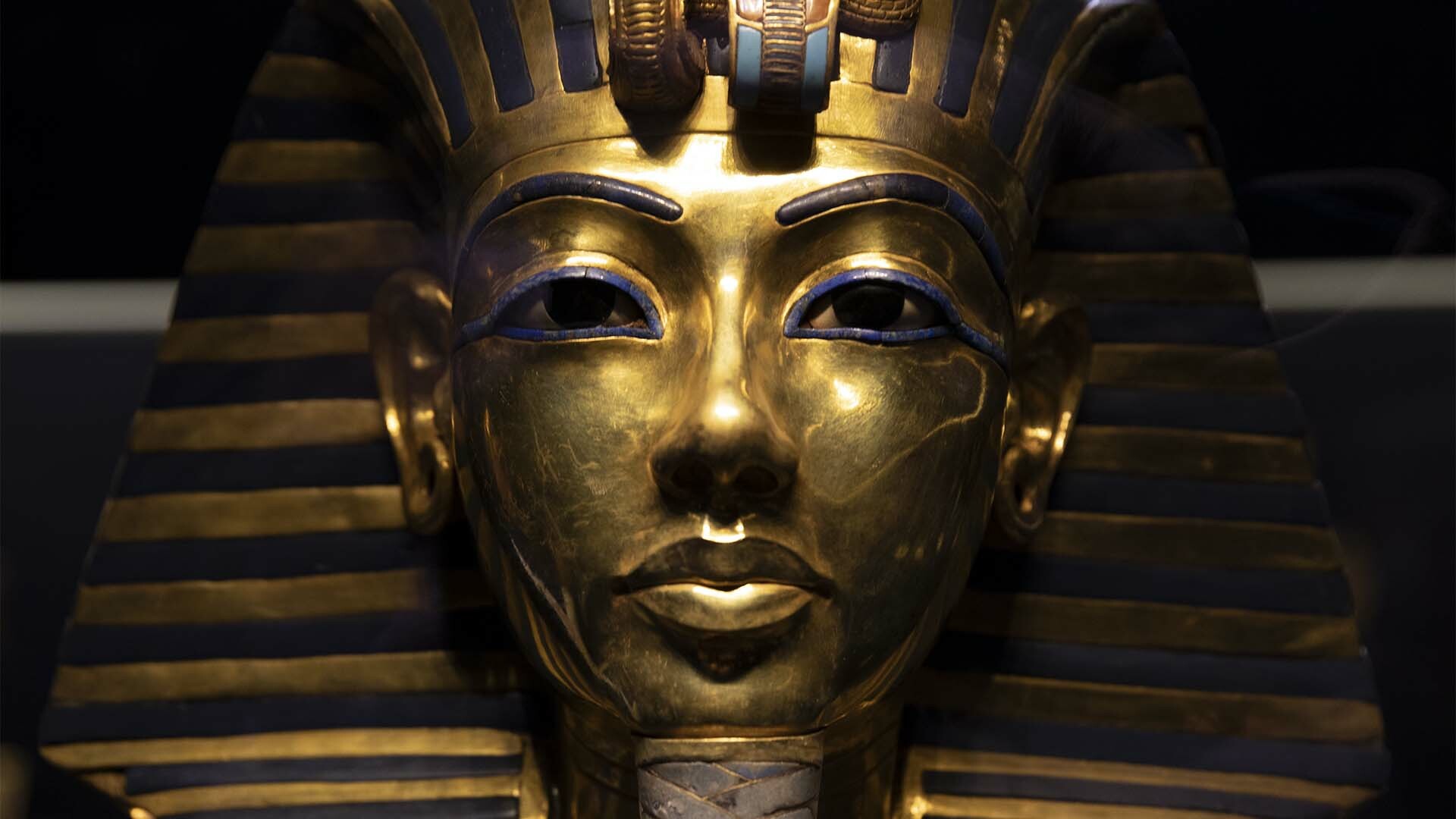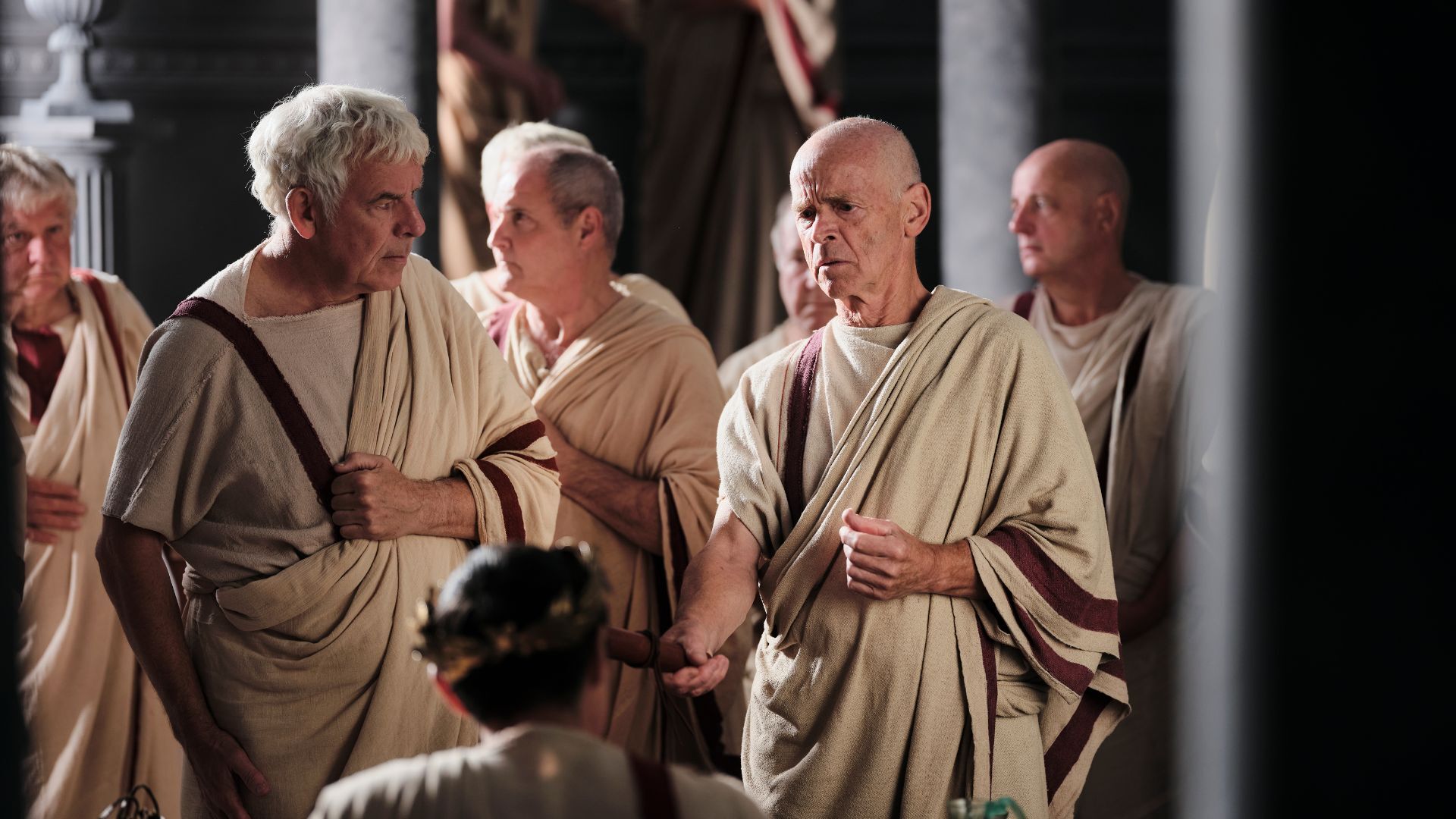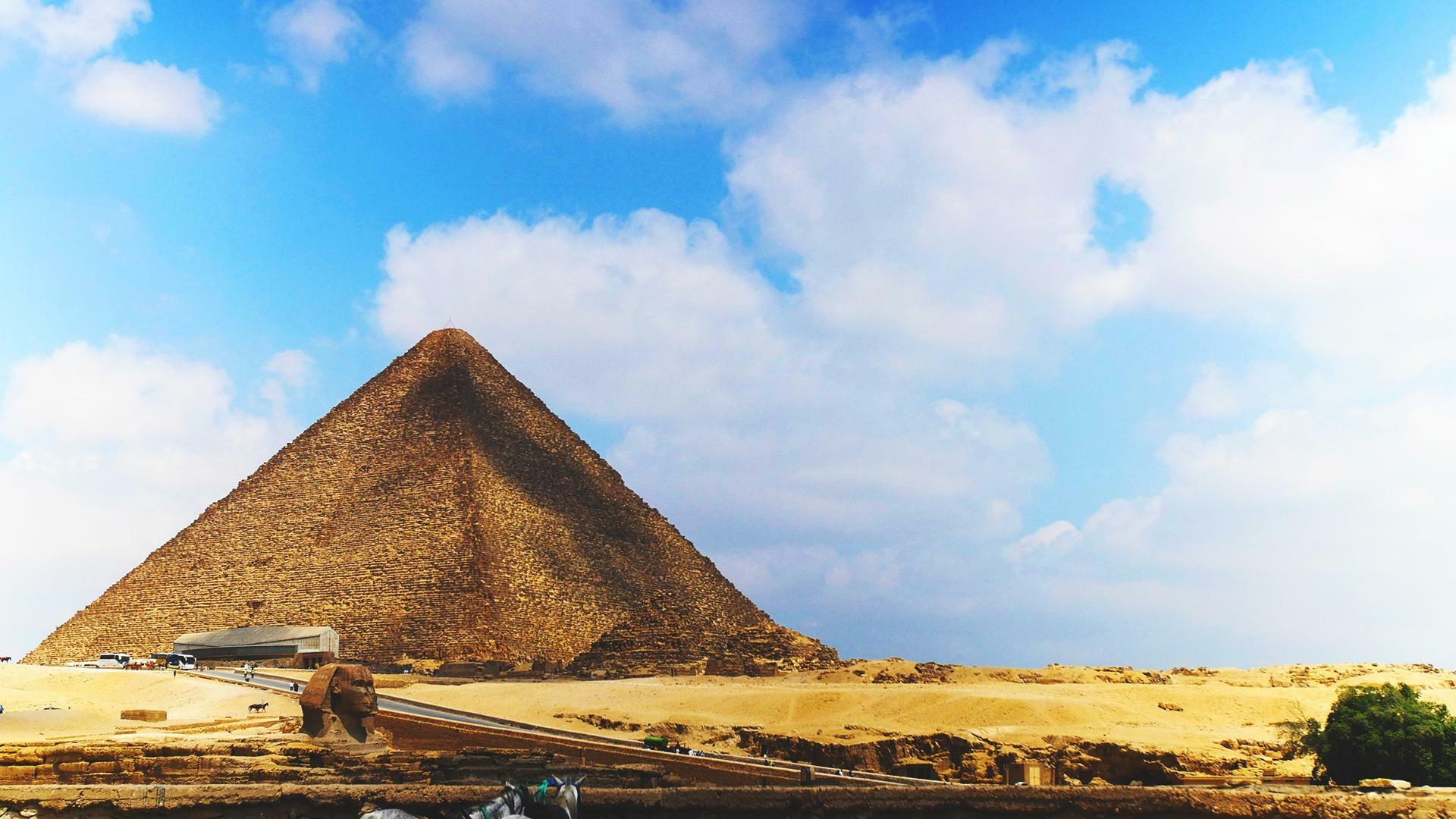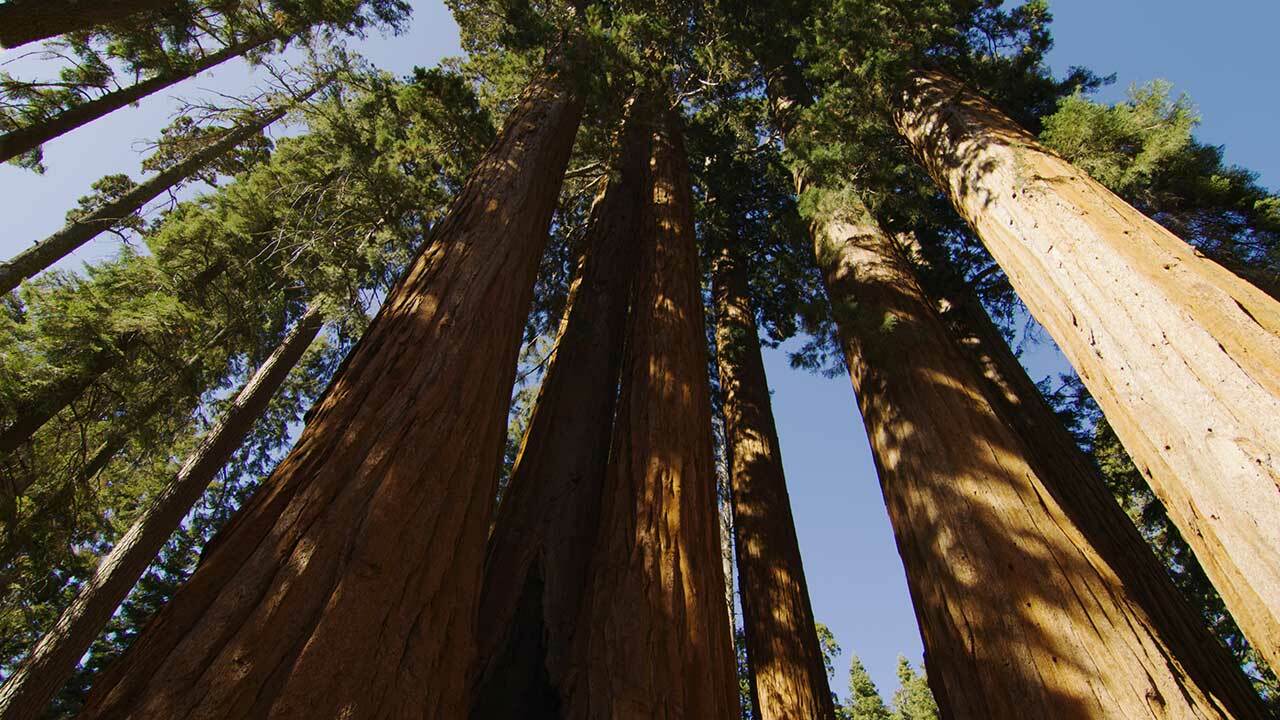Best Dinosaur Documentaries to Watch Now
Find the answers to all your dinosaur questions here. Yes, travel back in time with us to the Age of Dinosaurs. Or stay where you are, and watch this collection of documentaries to learn about the different types of dinosaurs, what their fossils teach us, and what scientists have learned about the planet.
Editor's Note: This article is updated regularly to include the latest available programming and information.
Let's start with the basics: when did dinosaurs live?
Triassic Period (252 to 201 million years ago)
This period of time was when dinosaurs first evolved. The continents we live on today were part of one land mass that scientists call Pangaea. The climate was hot and dinosaurs flourished after the Permian, or Permian-Triassic, extinction (also known as the "Great Dying") eliminated nearly all marine and terrestrial life. This occurred at the end of the Permian period and the start of the Triassic.
At the end of the Triassic, another mass extinction occurred. This time, 80% of the Earth's species died off. This left the surviving dinosaurs to adapt and evolve during the Jurassic Period.
Jurassic Period (201 to 145 million years ago)
During the Jurassic Period, Pangaea split into two land masses where dinosaurs flourished. The plant-eating giants you know and love feasted on the warm planet that was lush with green plants and tall trees. Stegosaurus, diplodocus, and allosaurus are just a few of the dinosaurs that lived during the Jurassic Period.
Cretacious Period (145 to 66 million years ago)
During the Cretacious Period, the land broke apart into even more pieces and moved around to create different environments for dinosaurs to evolve in different ways. I bet your favorite dinosaur (non-scientific observation is that 60% of people say triceratops, 80% of the time) lived during the Cretaceous Period. During this time, sauropods grew to their largest size and many of the dinosaurs we know and love (we see the T.Rex fan club members out there) stomped the Earth.
Walking with Dinosaurs
The legend is back as Walking with Dinosaurs returns. Meet six iconic dinosaurs, emerging from incredible dig sites as we tell these heroes’ stories of struggle, love and survival.
What Is A Dinosaur And What Isn’t a Dinosaur?
From Be Smart:
There’s a lot of confusion out there about what is and isn’t a dinosaur. And you’d be forgiven for being kinda confused. Well, like an intrepid fossil hunter, we set out to dig up an answer, and what we found teaches us a lesson about how hard it is to build a picture of the past when you only have a few puzzle pieces and a lot about why we classify things the way we do.

The best of PBS, straight to your inbox.
Be the first to know about what to watch, exclusive previews, and updates from PBS.
What Caused the Dinosaur Apocalypse?
The asteroid that sealed the fate of most dinosaurs in the late Cretaceous Period released the equivalent of 10-billion nuclear bombs worth of energy when it struck Earth. The impact started a chain of events that wiped out 75% of all plants and animals at the time.
Dinosaurs for Sale: Learn About the Fossil Trade
Fossils are essentially messages from the past that paleontologists help us decode. It's how we have learned vast details about the Age of Dinosaurs. Have you ever wondered how fossils go from the ground beneath our feet to the museums we visit? In many cases, it starts with a fossil hunting expedition.
Fossils have been found all over the world, and while the first dinosaur fossils found were seemingly accidental discoveries, fossil finding nowadays can be a costly and intricate operation. There are many commercial entities working to uncover millions-old evidence of the largest animals to walk the Earth.
In the United States fossils can be sold and exported for profit, while it is important to note that laws and regulations around the fossil trade vary from country to country. As a result, there are people whose livelihood depends on selling the dinosaur and prehistoric animal fossils they find on private land. In some countries, any fossils recovered go to academic institutions or museums and are considered a public good. The differences in international laws that apply to the sale of fossils explain why Big John, a triceratops skeleton with the largest skull found to date (dug up in South Dakota, by the way) was sold at an auction for $7.7 million U.S. dollars to a private collector in 2021.
Interestingly enough, Wyoming has been at the center of fossil hunting for decades because so many animal skeletons were preserved in the rock formations there. The land we now call Wyoming was once a shallow inland sea during the middle to late Jurassic era. There you will find many small businesses whose livelihood depends on finding and selling dinosaur fossils.
These two documentaries: Secrets of the Dead: Jurassic Fortunes and Wyoming PBS' Fossil Country explore the business of dinosaur fossils for many perspectives and they are definitely worth watching.
A Collector Shows Off His Dinosaurs
Dino Birds
NOVA's documentary called "Dino Birds" explores how birds evolved since the Age of Dinosaurs. Learn all about how paleontologists piece together the clues of avian evolution left by dinosaur fossils.
From NOVA: Birds are the only dinosaurs still alive today, but how did they survive the asteroid? Most birds were wiped out, along with the rest of the dinosaurs and 75 percent of all life on Earth, but one group of birds made it through. Discover how they endured, and which traits made them resilient in the brutal aftermath of the mass extinction event.
EONS
If you love dinosaurs, prehistoric science, fun facts for parties, then you have to watch EONS. Join hosts Michelle Barboza-Ramirez, Kallie Moore, and Blake de Pastino as they take you on a journey through the history of life on Earth. From the dawn of life in the Archaean Eon through the Mesozoic Era — the so-called “Age of Dinosaurs” -- right up to the end of the most recent Ice Age.
Press play for a taste of your new favorite show: EONS.
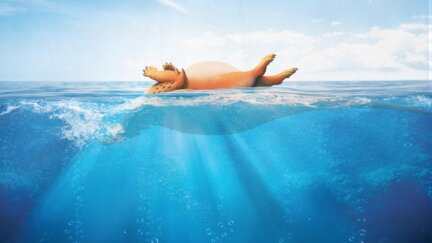
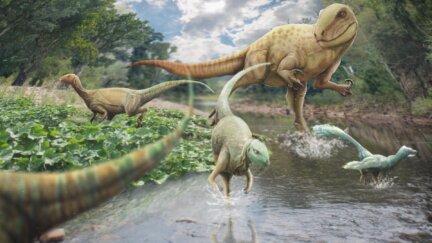
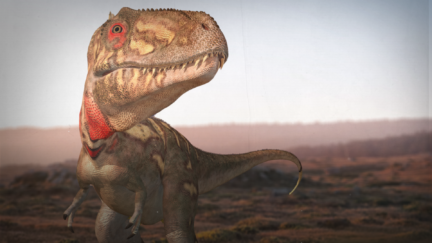
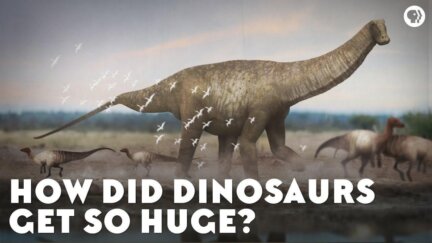
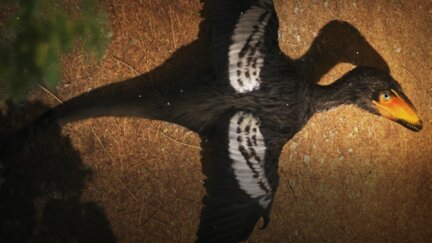
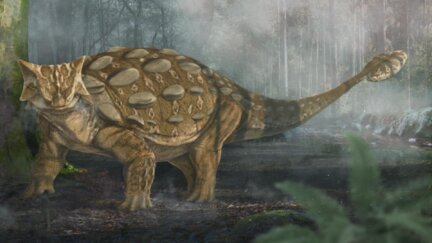
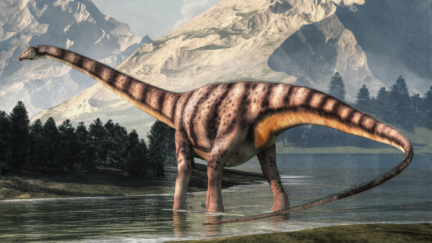
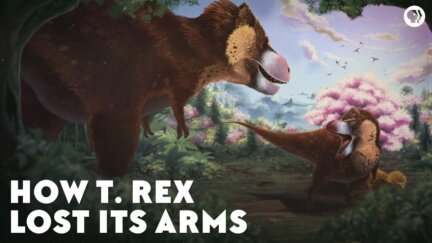
- 1
- 2
- Next
Support your local PBS station in our mission to inspire, enrich, and educate.
Alaskan Dinosaurs
From NOVA: A team of intrepid paleontologists discovers that dinosaurs thrived in the unlikeliest of places—the cold and dark of winter in the Arctic Circle. How did they survive year-round and raise their young in frigid and dark winter conditions?
In this clip: scientists in Alaska discover the remains of seven different dinosaur species in the earliest stages of their development. Could baby dinosaurs have hatched in the Arctic and migrated thousands of miles with their parents to avoid polar winter?
Learn More About Dinosaur Fossils in Idaho, Dinosaur Art, and The Bone Wars
Attenborough and the Jurassic Sea Monster
From Nature: Follow Sir David Attenborough and a team of forensic experts as they unearth the fossil of a giant Pliosaur, the largest Jurassic predator ever known.
We know that a pliosaur is not a dinosaur: it is an aquatic reptile. This documentary is still a good one for dino-fans to watch because pliosaurs lived alongside dinosaurs so it can teach us about life in the Jurassic period. Now enjoy this story about a hypothetical matchup between a t-rex and a pliosaur. Who would win?
T-Rex Vs. Jurassic Sea Monster
Find More Science, History Stories
- 1
- 2
- 3
- Next

